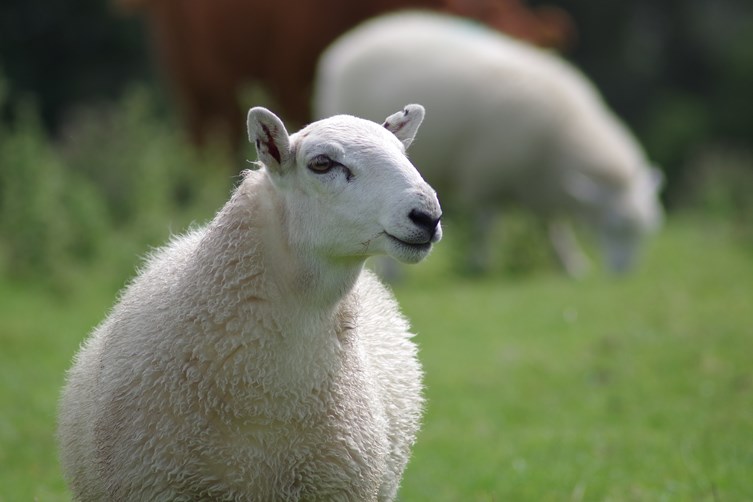Rickets in sheep

Cases of rickets are usually seen when sunlight levels are low and young hill sheep are grazed on good quality dairy grazing.
We usually receive reports of suspected cases of rickets in sheep during late winter, so it is worth keeping an eye out for this condition over the next few months, particularly as sheep return from winter grazing.
Cases of rickets are usually seen when sunlight levels are low and young hill sheep are grazed on good quality dairy grazing. It is thought that, due to the low UVB light levels in Scotland and northern England, these animals have low levels of cutaneous vitamin D by mid-winter. These animals are therefore reliant solely on dietary vitamin D. At the same time, the good grazing promotes faster growth rates.
Subsequent vitamin D deficiency results in impaired calcification of new bone and widening of growth plates as shown below. Affected hoggs may appear stiff or reluctant to move, with recumbency in some cases. Carpal valgus may also be seen. Treatment is by supplementation of vitamin D via concentrates or drench. Scottish Blackface sheep seem more likely to develop the condition than white face breeds.
Please get in touch with us if you suspect any cases. We are also surveying Scottish practices to see if they have recognised the condition occurring on their clients’ farms, as rickets may be undiagnosed in some cases.
Posted by SRUC Veterinary Services on 17/03/2022
